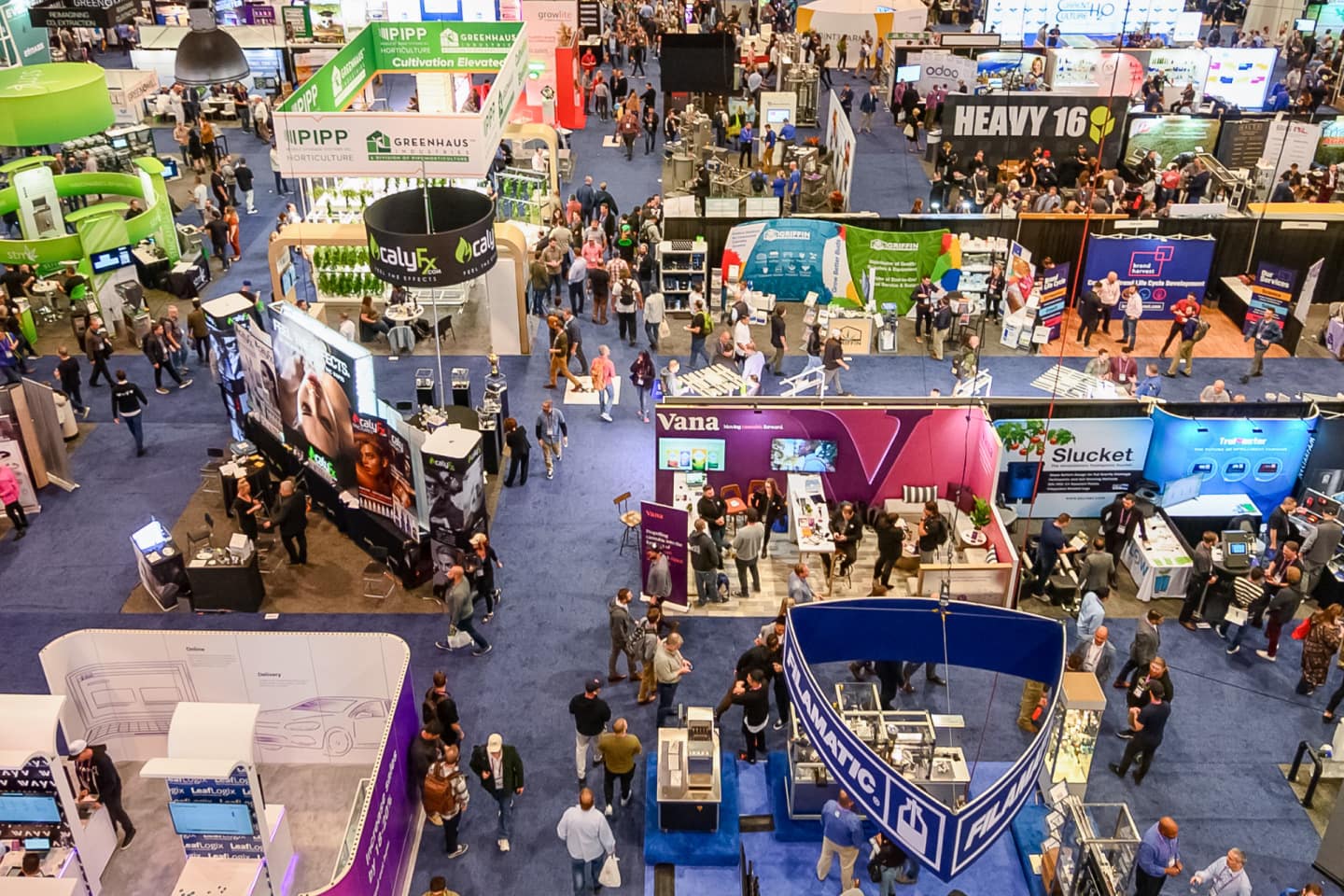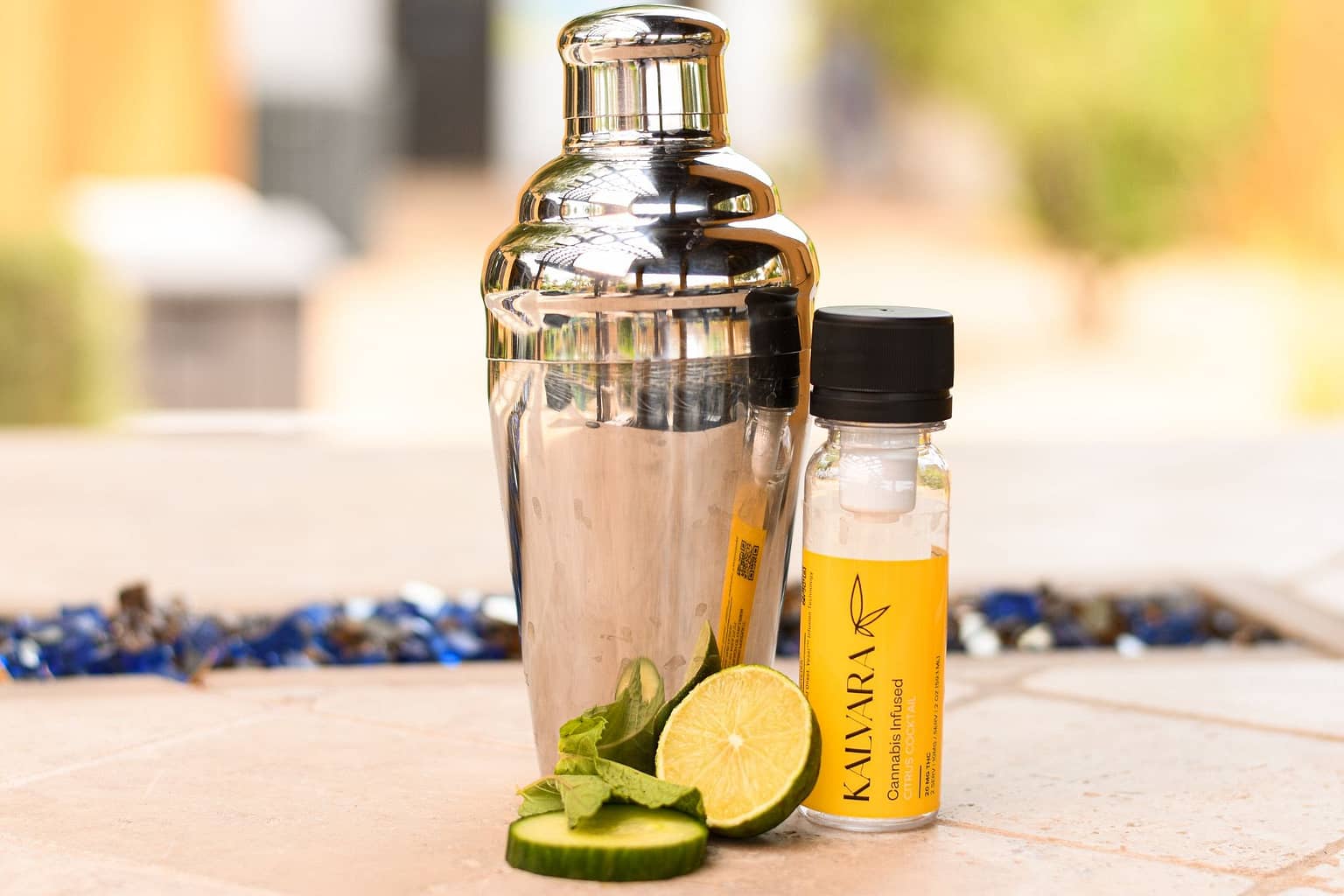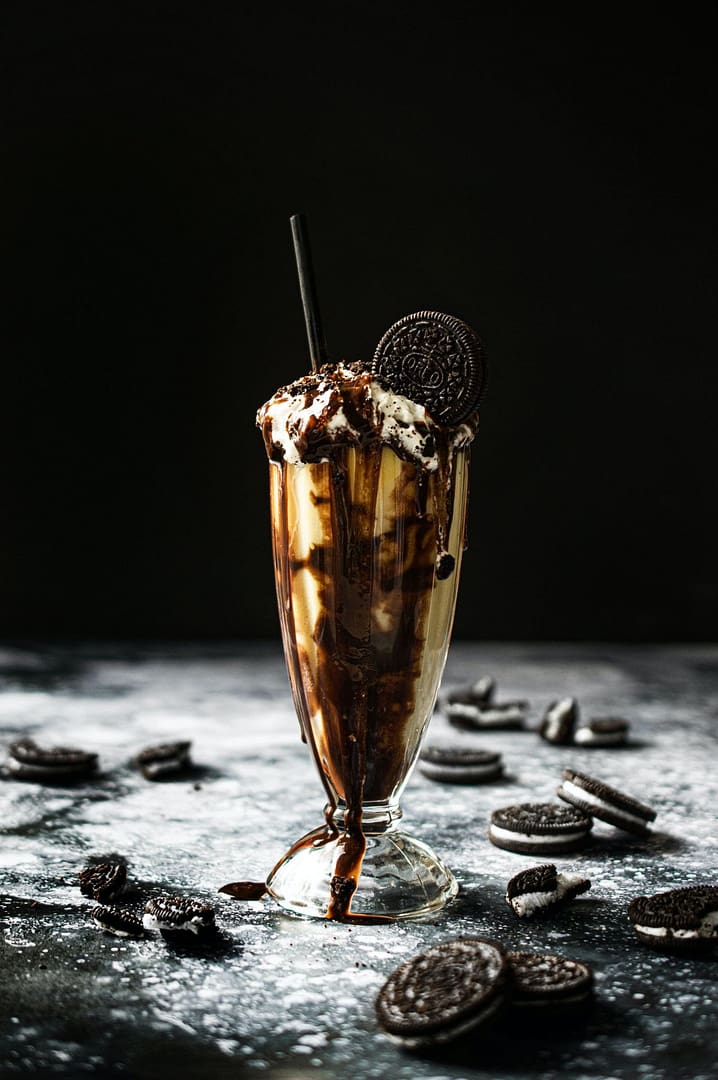Most experienced marijuana users will tell you that their first edible experience wasn’t exactly what they expected. While each story may vary, the general theme usually rings true. The quintessential “my first edible story” starts with a brownie made by a friend or some form of candy purchased from the local dispensary. things were likely going pretty well for about an hour or so after the first delicious dose. Someone with a reasonable tolerance might mention they didn’t feel anything. “I was told it would take an hour to kick in,” they might say. Then comes the point in every story where things suddenly change. Out of suspicion that the first edible just didn’t have as much THC as advertised or simply out of curiosity, the person in question takes another dose. “20 minutes later, I was a space cadet blasting out of the atmosphere… 30 minutes after that, I was in a whole other galaxy.” Stories like this have been passed around (to the left hand side of course) since the discovery of edible marijuana. Many self-alleged stoners regard an experience like this as a right of passage. But why is this so often the case? Why is it so common for edibles to have such unintended, unexpected, and in some cases unwanted effects? This is the edible dilemma.
There are actually several reasons for this and, as usual, science can help us understand them. The first reason edibles tend to have such a devastating first impression is quite simple. Because edibles (as the name suggests) are ingested, the psychoactive compound within them (we’ll get to that later) cannot reach the bloodstream until it is digested and processed by the liver. The time from ingestion to digestion and then finally metabolization, can vary from person to person. So, while waiting an hour for the brownie to “kick in” might work for your buddy across the couch, it might take you even longer. This can cause some people (especially those used to the near immediate response achieved by smoking) to assume they took too small a dose before the first edible had a chance to reach their bloodstream.
Another very common reason, especially when dealing with homemade edibles, is the difficulty of evenly distributing the cannabis throughout the batch. For example, when making a batch of “special brownies,” it is common to mix extracted THC with butter, which binds the two, allowing the THC to be baked right into the mix. In theory this should allow the THC extract to be evenly distributed throughout the batch, giving each delicious brownie the same effective power. However, in practice this is often not the case.
Think of blueberry muffins. Some blueberry muffins can be disappointingly deprived of blueberries while others can have far too many. Although the extremes are rare, there is wide a spectrum between the two and the perfect ratio lies somewhere in the middle. The best muffins have just the right amount of blueberries, giving each bite the perfect ratio of sweet, buttery muffin and juicy blueberry, sometimes referred to as the goldilocks muffin, while others can be unfortunately unbalanced.
The same concept can be applied to most forms of edibles only replace the blueberries with cannabis butter. If you get a brownie that’s near the goldilocks range you are likely to be satisfied. But get one with too little and you’re probably going to need another. Get one with too much and you just might have a story to tell when you make it out the other end.
The final reason for unexpected space journeys after consuming edibles that I will mention is the difference in chemical compounds between smoking or vaporization of cannabis and consuming it. When you smoke or vaporize cannabis flower or oil the main psychoactive chemical compound that responsible for getting you high is delta-9-THC. However, when THC is consumed it is converted by the liver into 11-hydroxy-THC. This is a whole different level of THC. 11-hydroxy-THC is said to be around five times stronger as a psychoactive than delta-9-THC. It also lasts nearly four times as long. Combine this with the fact that you didn’t account for the time it would take to pass from your stomach to your liver and finally through the blood brain barrier into your brain and you’ve got yourself a first class ticket to space camp.
if you’ve never tried an edible and are a bit concerned about by the information I’ve just presented then worry not. The wonderful folks here at Kalvara™ have dedicated themselves to solving these problems and by Jove I think they’ve done it. With the Vessl™ cap Kalvara™ can be precisely measured to provide the exact same dose every single time. The emulsification process undergone to produce Kalvara makes the THC more water soluble allowing it to pass through the metabolism much faster than other edibles and thus allows the user to quickly determine when the cannabis has taken effect, preventing them from accidentally taking extra doses. This process also allows some of the THC to bypass the liver and remain delta-9-THC instead of converting entirely to 11-hydroxy-THC so it can hit faster than any other edible. Kalvara still converts some of its contents to 11-hydroxy-THC, as it passes through the liver like any other edible, however, classical edibles have about a 20-30% absorbency of the drug content via the stomach/liver pathway compared to more like 60% for vape. So allowing some THC to bypass this pathway Kalvara™ packs more of a punch in just a 10mg dose. For the avid cannabis user this may just be enough to get things started. However, since Kalvara™ acts so quickly, the user can simply have another in 20-30 minutes time in much the same way one might consume alcohol at a cocktail party.
Edibles present us with a unique dilemma. Thanks to Kalvara’s™ unprecedented ability to provide a precise dose of a fast-acting, high-quality product, it is apparent that this dilemma has been solved.



